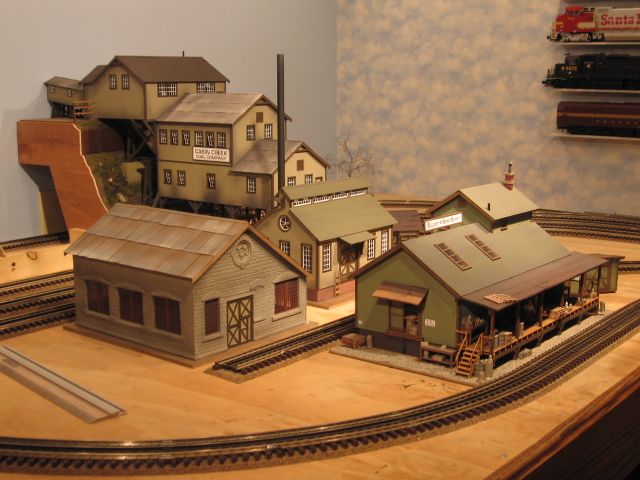My new layout will be run conventionally and powered by four Z-1000 controllers. I will run three or four trains simultaneously on independent loops. I have 25 or so, mostly MTH, lighted structures which will be run of the accessories terminals equally between the controllers.
The suggestion by many here has been to use 14-2 for the feeder to the electrical bus and 16-2 for the branch wires to the accessories.
The techie at my LHS says those wire choice are too large, unnecessary overkill, and counterproductive. His opinion is that 16-2 would suffice as feeders and 18 or 20's would be fine to connect the buildings. towers, and etc. Currently (forgive the pun) I have no animated features on my layout. My LHS (English's Model Railroad) has had a running layout for longer than I have been in trains so I have to respect their opinion. BUT, I also think the advice here to be cogent.
What is your take?
I will shortly be buying, along with a roll of indoor/outdoor carpet for under the tracks, skirting for around the table, staples, wire connectors, glues,paint, highway material, and etc., the wiring in spools of various sizes so I need to make up my mind.
Your help is appreciated.







